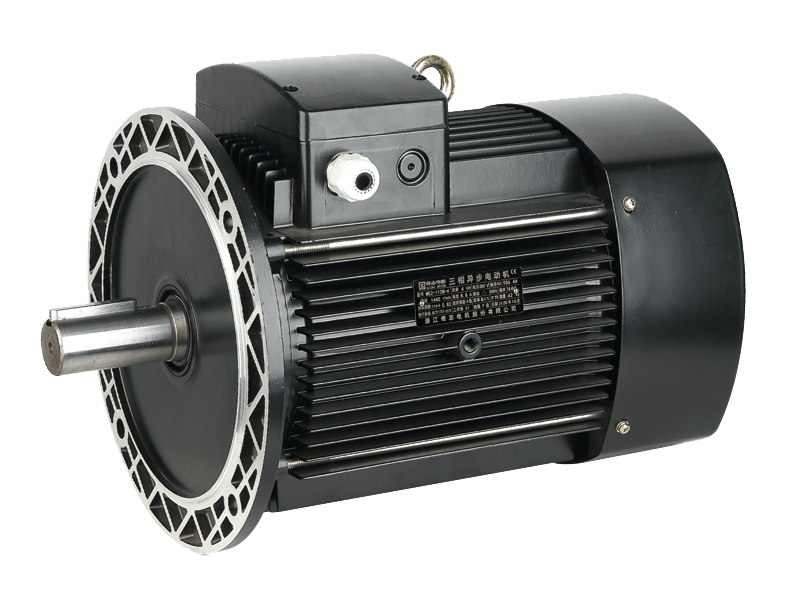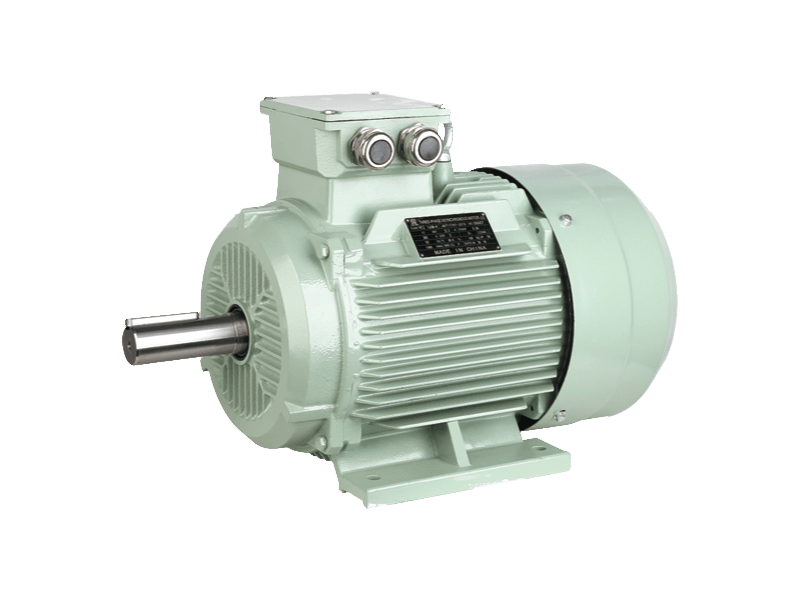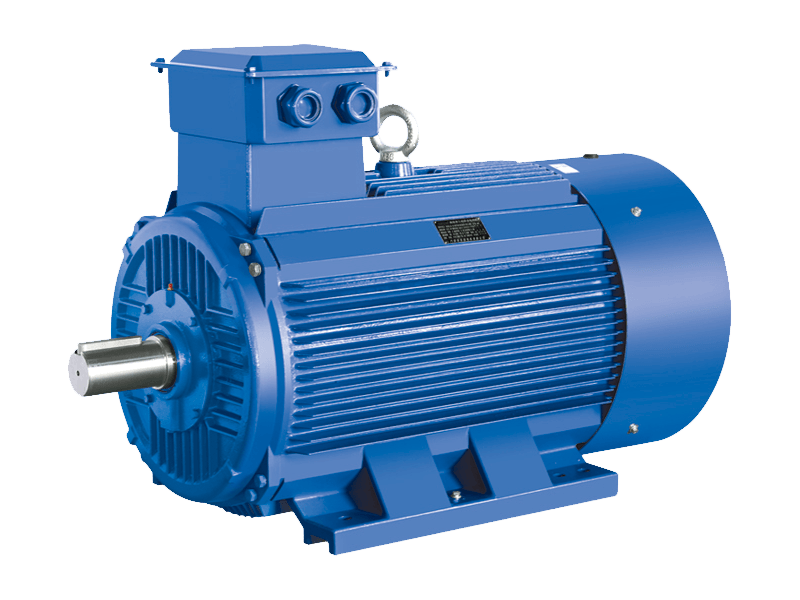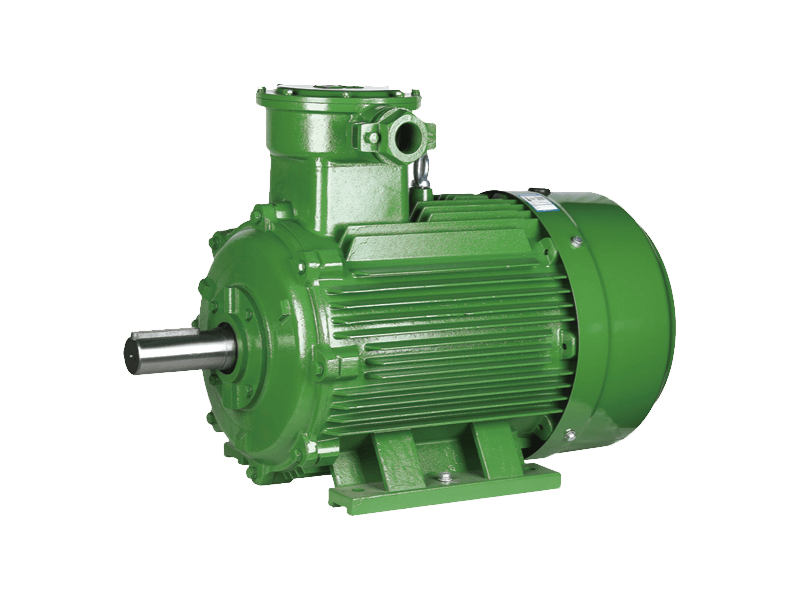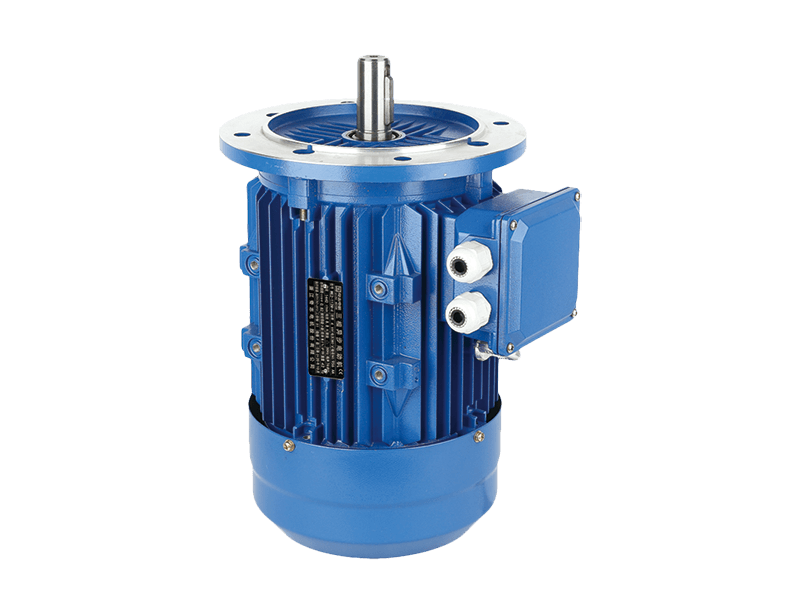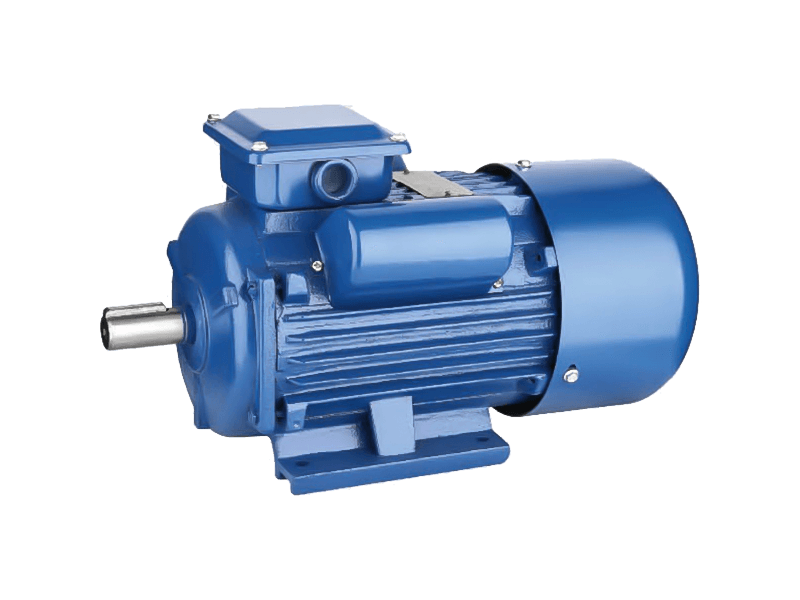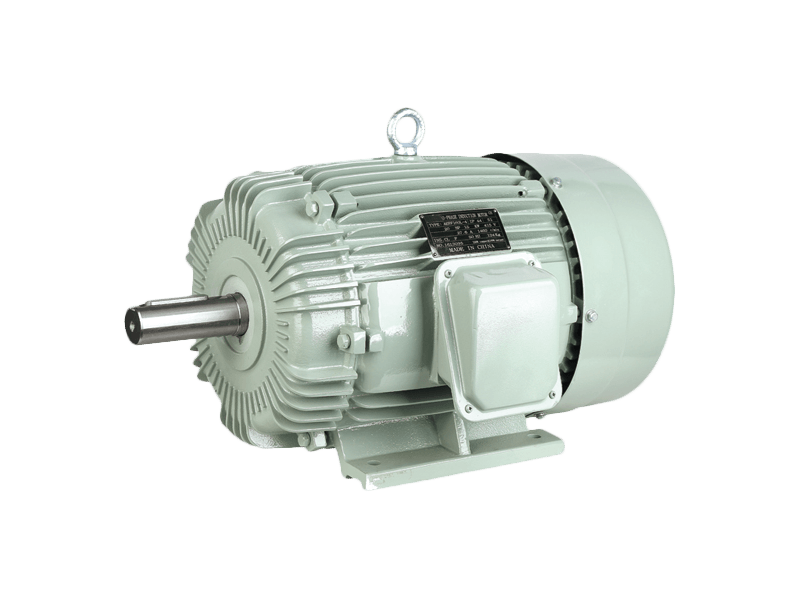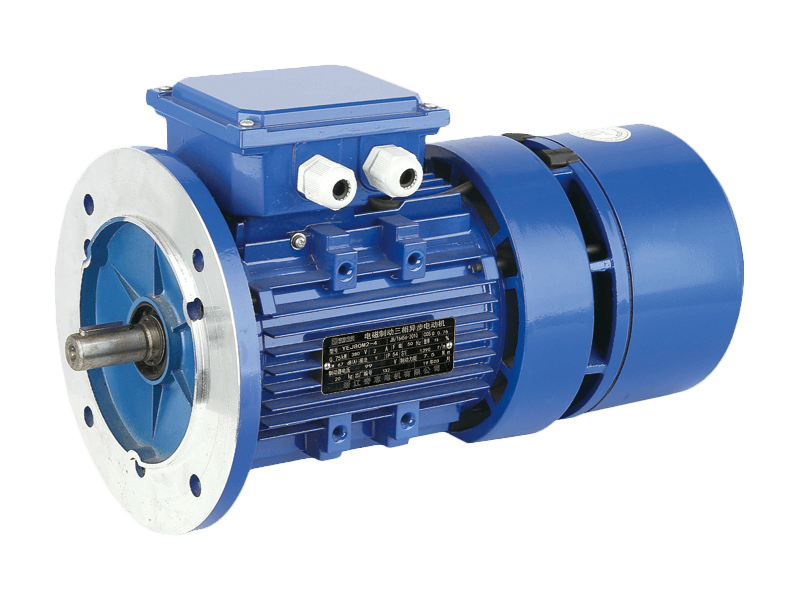The Three Phase Consequent-Poles Asynchronous Motor has emerged as a robust and cost-effective solution in various industrial sectors. Known for its simplicity, efficiency, and adaptability, this type of motor offers a compelling alternative to conventional motor designs, particularly in applications where variable pole numbers and speed control are essential.
At its core, a Three Phase Consequent-Poles Asynchronous Motor operates on the principle of altering the number of poles without physically changing the winding configuration. This is achieved through the consequent poles concept, where the polarity of certain stator windings is reversed to create additional magnetic poles. This allows for multiple speed operations within the same motor frame, reducing the need for multiple motors or complex variable frequency drive systems.
One of the primary advantages of the Three Phase Consequent-Poles Asynchronous Motor is its capability to deliver two distinct synchronous speeds. This dual-speed functionality is particularly useful in applications like fans, pumps, and compressors, where different operational modes (e.g., low and high speed) are required depending on the process demand. By selecting the appropriate winding configuration using simple switching mechanisms, the motor seamlessly transitions between speeds without the need for external speed control equipment.
In the manufacturing sector, the Three Phase Consequent-Poles Asynchronous Motor has found widespread application in conveyor systems, textile machinery, and woodworking equipment. Its rugged construction and reliable performance under fluctuating loads make it proper for these environments. Furthermore, because it doesn't rely on electronic speed controllers, it reduces potential points of failure and enhances operational reliability.
Energy efficiency is another significant benefit offered by the Three Phase Consequent-Poles Asynchronous Motor. By allowing equipment to operate at lower speeds when full capacity is not needed, energy consumption is minimized. This makes the motor an environmentally friendly option for businesses looking to reduce their carbon footprint without sacrificing performance.
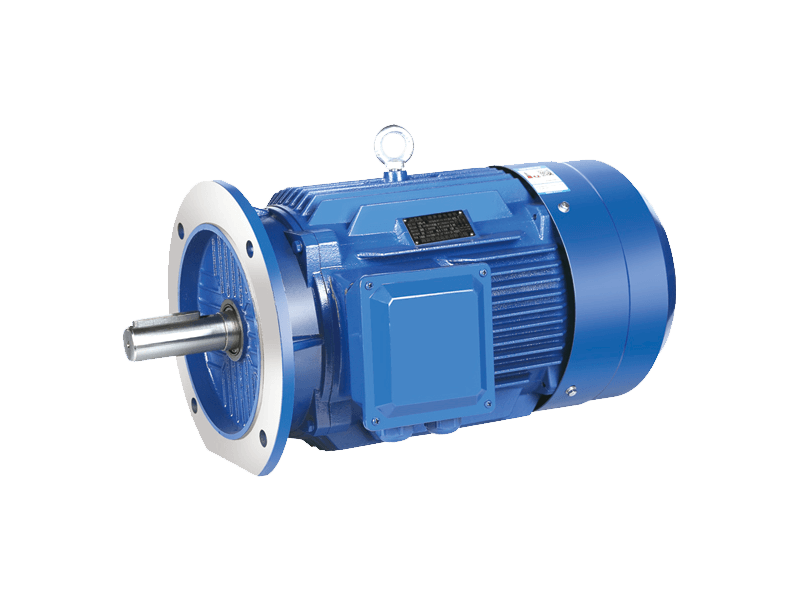
From a design perspective, the Three Phase Consequent-Poles Asynchronous Motor maintains the simplicity of standard squirrel cage induction motors. The main distinction lies in the way the stator windings are arranged and interconnected. Using taps and switching devices, technicians can alter the number of magnetic poles the motor uses, effectively changing its synchronous speed. This built-in versatility makes it easier to meet varying operational demands without replacing or modifying existing machinery.
The HVAC industry also benefits from the Three Phase Consequent-Poles Asynchronous Motor. In heating, ventilation, and air conditioning systems, variable speed control is crucial for maintaining environmental comfort and energy savings. The motor’s ability to switch between speeds without requiring expensive variable frequency drives (VFDs) simplifies system architecture and reduces costs, especially in large-scale installations.
Additionally, the Three Phase Consequent-Poles Asynchronous Motor is often popular in harsh environments due to its reduced dependency on electronics. Unlike VFD-controlled motors, which can be sensitive to dust, moisture, and voltage fluctuations, this motor’s mechanical switching mechanism offers a more robust solution. As a result, industries such as mining, cement, and food processing—where conditions are less tha good—frequently opt for this design.
Another factor contributing to the growing popularity of the Three Phase Consequent-Poles Asynchronous Motor is its ease of maintenance. Because it lacks complex electronic components, it is easier to troubleshoot and repair, reducing downtime and improving overall plant efficiency. Routine inspections and winding tests are typically sufficient to ensure continued operation over extended periods.
Educational institutions and training centers are increasingly incorporating the Three Phase Consequent-Poles Asynchronous Motor into their curricula. Its unique operation principles provide students with valuable insights into motor control strategies, magnetic field interactions, and the role of pole numbers in motor speed. It serves as a good bridge between simple single-speed induction motors and more complex variable-speed drives.
